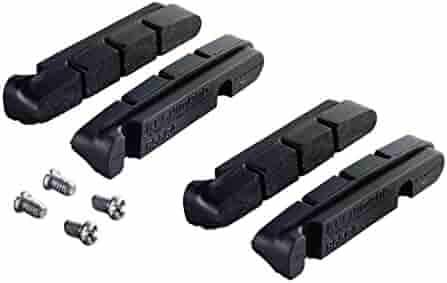Cyclists navigating the diverse terrains of South Africa often choose gear configurations that include shimano pedals to ensure consistent power transfer and reliable foot retention. Whether tackling steep ascents in the Drakensberg or commuting through the urban routes of Cape Town, riders require components that provide stability and control across varying conditions. Pedals are central to the cycling experience, influencing efficiency, balance, and ride comfort.
South Africa’s cycling community is as varied as its landscapes, with growing interest in road racing, mountain biking, and everyday commuting. Each discipline presents different mechanical demands, from lightweight setups for racing to rugged configurations for off-road use. Equipment selection often depends on terrain type, ride duration, and expected conditions such as dust, rain, or sharp elevation changes.
Essential Cycling Component Considerations
-
Drivetrain Efficiency and Frame Compatibility
-
Drivetrain systems must align with the terrain. Hilly routes benefit from wider gear ranges, while flatter roads suit tighter gear spacing.
-
Frames should be compatible with current standards for hubs, bottom brackets, and axle types, particularly for riders upgrading components individually.
-
-
Handlebar and Seating Configurations
-
Proper handlebar width and drop can enhance control, especially on winding descents or technical off-road paths.
-
Saddles should be chosen based on ride position and duration, offering support for both aggressive racing and relaxed commuting styles.
-
-
Wheelsets and Tire Selection
-
Lightweight wheelsets improve acceleration on road bikes, while reinforced options serve mountain bikers tackling rocky trails.
-
Tire width, tread, and pressure must match expected trail or road conditions, with tubeless options growing in popularity for their puncture resistance.
-
In addition to these elements, mechanical systems that manage speed and movement are also crucial for performance. Among them, shimano bike parts are often selected for their compatibility with various bike models and their capacity to handle the rigors of South African terrain. These components must respond quickly under pressure, offer durability in different weather, and integrate well into broader system setups for both amateur and experienced riders.
Environmental Demands on Cycling Gear in South Africa
-
Terrain and Weather Impact
-
Riders face everything from sandy coastal tracks to high-altitude climbs. Equipment must perform reliably despite dust, moisture, and temperature fluctuations.
-
Seasonal rains can affect drivetrain and braking performance, requiring components that resist corrosion and wear over time.
-
-
Urban vs. Remote Trail Needs
-
Urban cyclists prioritize low-maintenance systems for daily use, while those exploring remote trails need parts that are easy to service in isolated conditions.
-
Long-distance touring and adventure cycling often necessitate multi-purpose parts that balance performance with simplicity.
-
-
Local Cycling Culture and Growth
-
South Africa’s cycling events, such as stage races and endurance challenges, continue to grow, influencing riders’ choices in gear for reliability and efficiency.
-
Local bike shops and clubs often support riders in selecting components that suit their riding style and regional demands.
-
Cycling in South Africa offers a rewarding mix of adventure and challenge, but it also requires careful attention to mechanical systems that ensure a safe and efficient ride. From the pedals to the frame and everything in between, component choices directly influence how a rider experiences the journey. When it comes to braking reliability in steep or sudden descents, riders rely heavily on components such as shimano brake pads for controlled stopping under demanding conditions.
